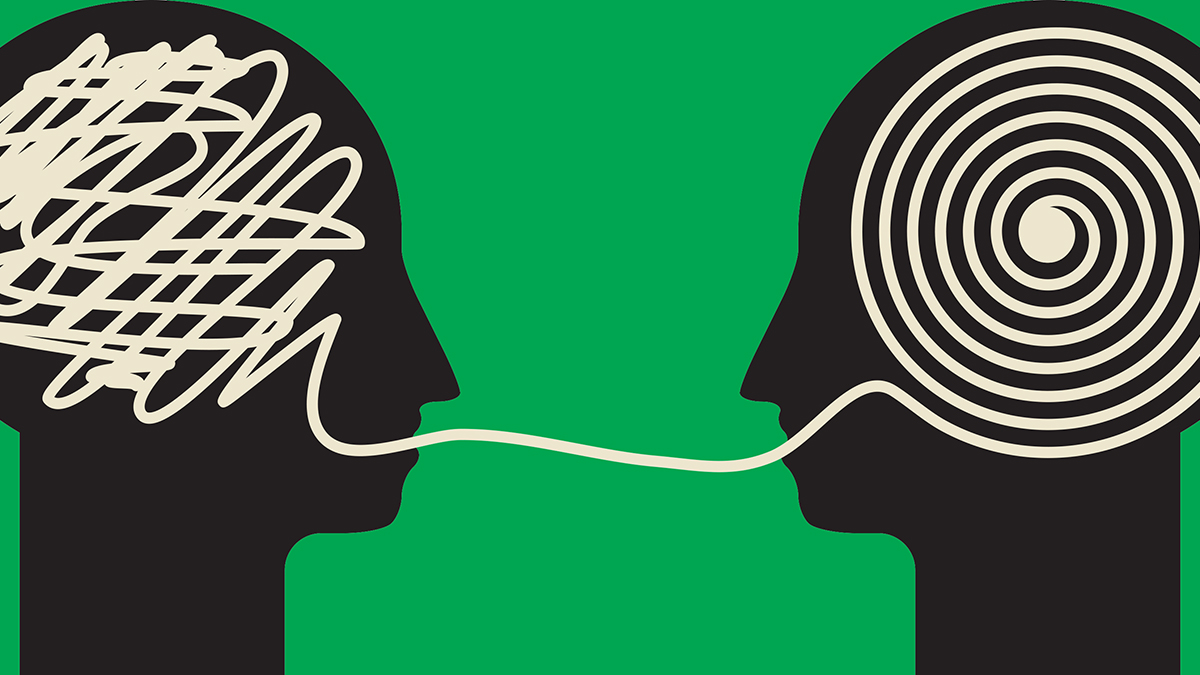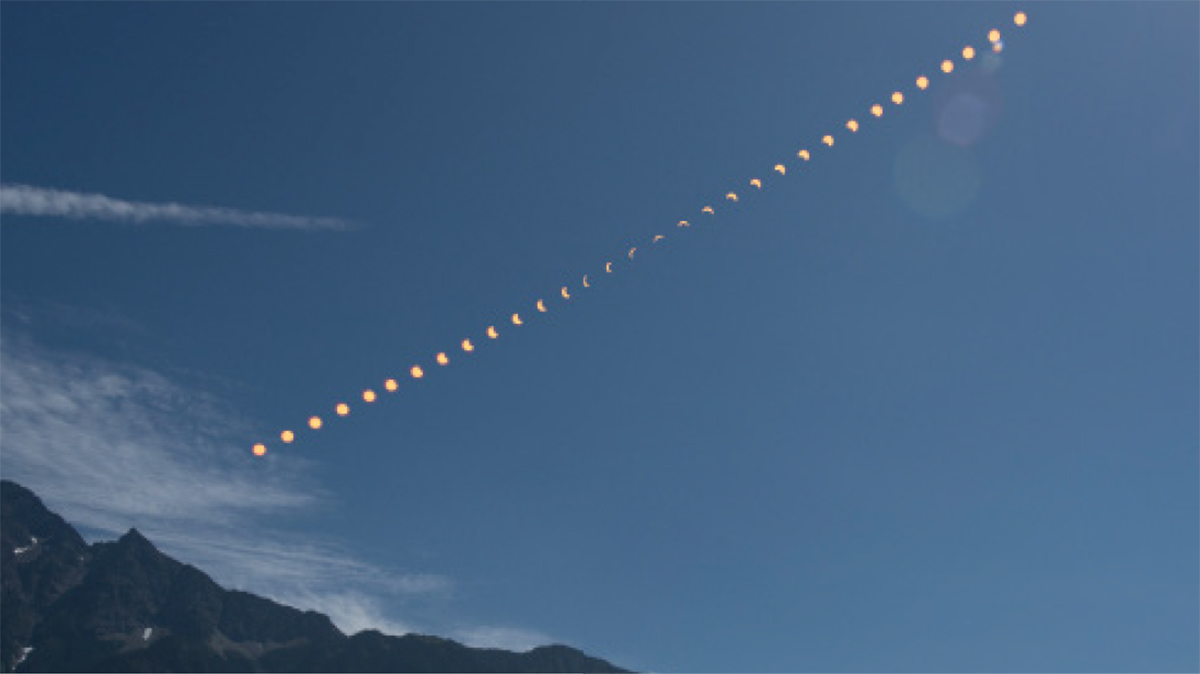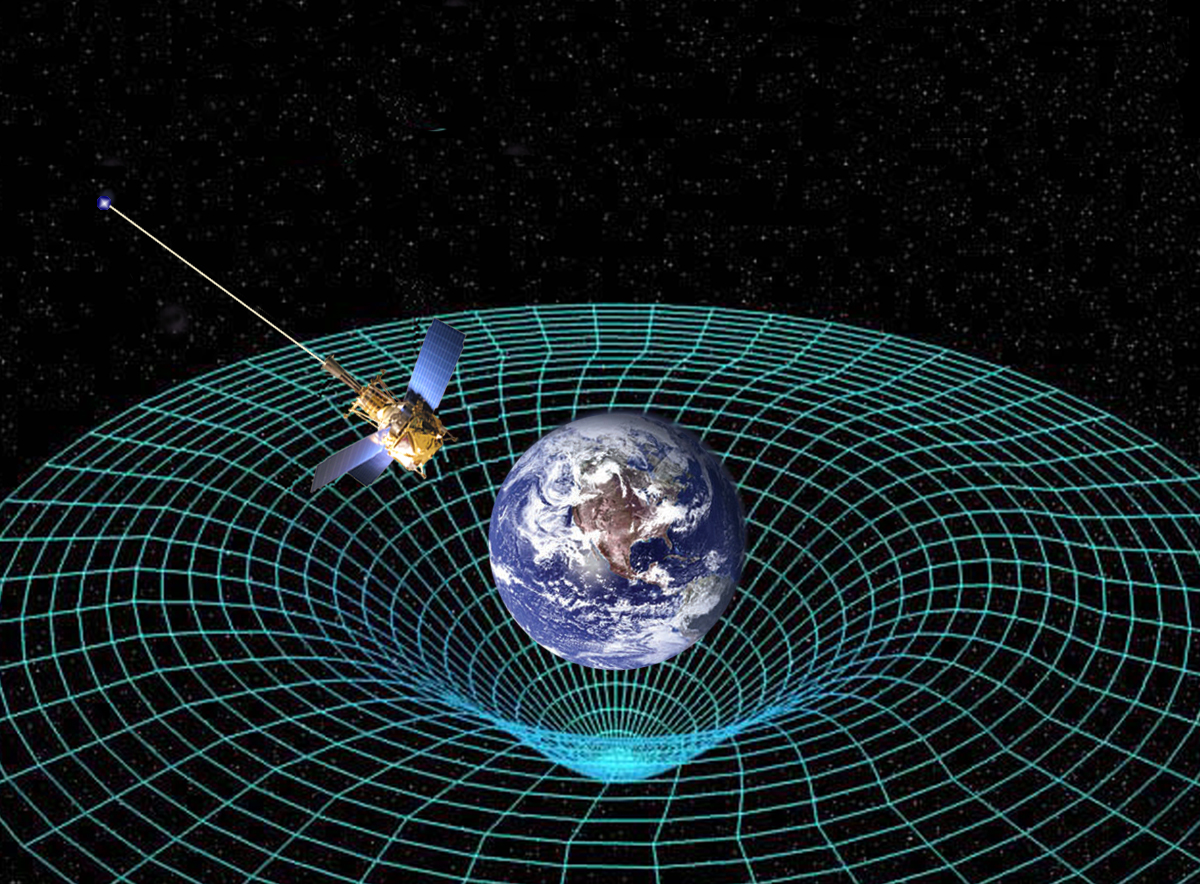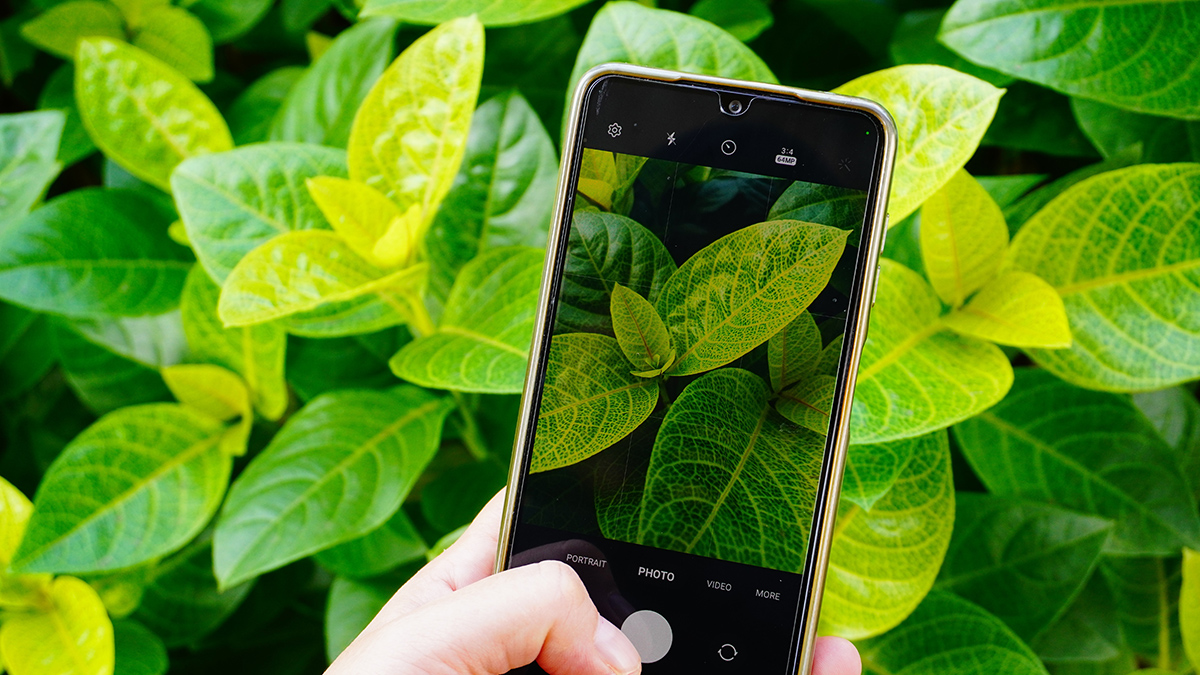Idea Bank
Promoting Learning for All Through Explore-Before-Explain
The Science Teacher—Fall 2023 (Volume 90, Issue 7)
By Patrick Brown, Jay McTighe, and Rodger Bybee

The Next Generation Science Standards (NGSS) highlight the importance of creating more equitable learning environments and engaging all students in science (NGSS Lead States 2013). In professional learning, we target the hands-on, minds-on experiences teachers already use with students as the starting point of rethinking instructional design. Next, we focus on the evidence-based claims students can make from hands-on, minds-on experiences. With this key focus, teachers can develop pre-assessments that elicit students’ ideas and experiences and lead to evidence-based experiences. Similarly, students’ evidence-based experiences help teachers focus on essential need-to-know information presented through discussions, readings, and further elaborations (see Figure 1). Teachers appreciate the process because it helps them prioritize the most salient aspects of curriculum design to ensure we promote more equitable, robust, and memorable experiences for all students.
The Next Generation Science Standards (NGSS) highlight the importance of creating more equitable learning environments and engaging all students in science (NGSS Lead States 2013). In professional learning, we target the hands-on, minds-on experiences teachers already use with students as the starting point of rethinking instructional design. Next, we focus on the evidence-based claims students can make from hands-on, minds-on experiences. With this key focus, teachers can develop pre-assessments that elicit students’ ideas and experiences and lead to evidence-based experiences.
The Next Generation Science Standards (NGSS) highlight the importance of creating more equitable learning environments and engaging all students in science (NGSS Lead States 2013). In professional learning, we target the hands-on, minds-on experiences teachers already use with students as the starting point of rethinking instructional design. Next, we focus on the evidence-based claims students can make from hands-on, minds-on experiences. With this key focus, teachers can develop pre-assessments that elicit students’ ideas and experiences and lead to evidence-based experiences.
commentary
Scientific Literacy: Lives could depend on it!
The Science Teacher—Fall 2023 (Volume 90, Issue 7)
By Charlotte Moser

Carl Sagan famously said “We live in a society exquisitely dependent on science and technology, in which hardly anyone knows anything about science and technology” (Sagan, 1990, p. 264). As demonstrated during the COVID-19 pandemic, all adults need to make decisions that require scientific knowledge and understanding. In some cases, lives will hang in the balance. High school science classes offer one of the last formal opportunities for students to become scientifically literate. However, knowing how science is done isn’t sufficient. Students must also develop the skills to apply that understanding in their adult lives. For this reason, educators can benefit from consideration of how adults learn and make decisions.
Carl Sagan famously said “We live in a society exquisitely dependent on science and technology, in which hardly anyone knows anything about science and technology” (Sagan, 1990, p. 264). As demonstrated during the COVID-19 pandemic, all adults need to make decisions that require scientific knowledge and understanding. In some cases, lives will hang in the balance. High school science classes offer one of the last formal opportunities for students to become scientifically literate. However, knowing how science is done isn’t sufficient.
Carl Sagan famously said “We live in a society exquisitely dependent on science and technology, in which hardly anyone knows anything about science and technology” (Sagan, 1990, p. 264). As demonstrated during the COVID-19 pandemic, all adults need to make decisions that require scientific knowledge and understanding. In some cases, lives will hang in the balance. High school science classes offer one of the last formal opportunities for students to become scientifically literate. However, knowing how science is done isn’t sufficient.
commentary
Preparing for the Great American Eclipse of 2024
The Science Teacher—Fall 2023 (Volume 90, Issue 7)
By Kurtz Miller

The Great American Eclipse of 2017 path of totality passed across the United States on Monday August 21, 2017, from Madras, Oregon to Columbia, South Carolina (NASA 2017). The Great American Eclipse of 2024 will likewise pass across the United States on Monday April 8, 2024, from Eagle Pass, Texas to Presque Isle, Maine (Zeiler 2022). It is important to consider “lessons learned” from the first eclipse to prepare for the upcoming one.
The Great American Eclipse of 2017 path of totality passed across the United States on Monday August 21, 2017, from Madras, Oregon to Columbia, South Carolina (NASA 2017). The Great American Eclipse of 2024 will likewise pass across the United States on Monday April 8, 2024, from Eagle Pass, Texas to Presque Isle, Maine (Zeiler 2022). It is important to consider “lessons learned” from the first eclipse to prepare for the upcoming one.
The Great American Eclipse of 2017 path of totality passed across the United States on Monday August 21, 2017, from Madras, Oregon to Columbia, South Carolina (NASA 2017). The Great American Eclipse of 2024 will likewise pass across the United States on Monday April 8, 2024, from Eagle Pass, Texas to Presque Isle, Maine (Zeiler 2022). It is important to consider “lessons learned” from the first eclipse to prepare for the upcoming one.
Editor's Corner
Solar Eclipses From Other Points of View
citizen science
Beavers From Space!
Science Scope—Fall 2023 (Volume 46, Issue 7)
By Jill Nugent
Beavers are social mammals who live in groups, known as colonies, and they construct dams and lodges, which modify the surrounding landscape. In their role as “ecosystem engineers,” beavers are considered to be a “keystone” species. A keystone species is one that has such a major impact on its ecosystem that the ecosystem would be vastly different without that species in it. Removing a keystone species from its environment can lead to major changes throughout the ecosystem from disruption to collapse.
Beavers are social mammals who live in groups, known as colonies, and they construct dams and lodges, which modify the surrounding landscape. In their role as “ecosystem engineers,” beavers are considered to be a “keystone” species. A keystone species is one that has such a major impact on its ecosystem that the ecosystem would be vastly different without that species in it. Removing a keystone species from its environment can lead to major changes throughout the ecosystem from disruption to collapse.
Beavers are social mammals who live in groups, known as colonies, and they construct dams and lodges, which modify the surrounding landscape. In their role as “ecosystem engineers,” beavers are considered to be a “keystone” species. A keystone species is one that has such a major impact on its ecosystem that the ecosystem would be vastly different without that species in it. Removing a keystone species from its environment can lead to major changes throughout the ecosystem from disruption to collapse.
scope on the skies
Nothing to Write About!
Science Scope—Fall 2023 (Volume 46, Issue 7)
By Bob Riddle

Writing these columns often requires a considerable amount of reading and then thinking—both alone and always out loud to my wife as I try to explain to both of us what I have been reading. To be honest, this column reminded me of what I used to jokingly say to my planetarium audience: “This program will be over your head!” And in a way this column is similarly up there and is guaranteed to change your level of confusion. But isn’t that what we do with our students—not confuse them, but challenge any preconceptions they might have by thinking both in and out of the box?
Writing these columns often requires a considerable amount of reading and then thinking—both alone and always out loud to my wife as I try to explain to both of us what I have been reading. To be honest, this column reminded me of what I used to jokingly say to my planetarium audience: “This program will be over your head!” And in a way this column is similarly up there and is guaranteed to change your level of confusion. But isn’t that what we do with our students—not confuse them, but challenge any preconceptions they might have by thinking both in and out of the box?
Writing these columns often requires a considerable amount of reading and then thinking—both alone and always out loud to my wife as I try to explain to both of us what I have been reading. To be honest, this column reminded me of what I used to jokingly say to my planetarium audience: “This program will be over your head!” And in a way this column is similarly up there and is guaranteed to change your level of confusion. But isn’t that what we do with our students—not confuse them, but challenge any preconceptions they might have by thinking both in and out of the box?
interdisciplinary ideas
Poetry in Science
Improving Clarity, Creativity, and Collaboration
Science Scope—Fall 2023 (Volume 46, Issue 7)
By Katie Coppens

Evolutionary biologist Richard Dawkins said, “There are those who fear reason as cold, bleak, cheerless, unpoetic. That’s not just untrue; it’s the very opposite of true. Science is the poetry of reality” (Dawkins 2016). Science is reminiscent of art, dance, and writing; after close study and reflection, we express what we believe to be true. Science is about better understanding the world around us, then communicating what we’ve learned.
Evolutionary biologist Richard Dawkins said, “There are those who fear reason as cold, bleak, cheerless, unpoetic. That’s not just untrue; it’s the very opposite of true. Science is the poetry of reality” (Dawkins 2016). Science is reminiscent of art, dance, and writing; after close study and reflection, we express what we believe to be true. Science is about better understanding the world around us, then communicating what we’ve learned.
Evolutionary biologist Richard Dawkins said, “There are those who fear reason as cold, bleak, cheerless, unpoetic. That’s not just untrue; it’s the very opposite of true. Science is the poetry of reality” (Dawkins 2016). Science is reminiscent of art, dance, and writing; after close study and reflection, we express what we believe to be true. Science is about better understanding the world around us, then communicating what we’ve learned.
practical research
Outdoor Teaching and Learning in Natural Spaces and Outdoor Classrooms
Science Scope—Fall 2023 (Volume 46, Issue 7)
By Samantha Lindgren, Meghan McCleary, Susan Gasper, Amanda Nieves, Kara Stengren, and Amira Shabana

On a humid, sunny day in late July, a group of middle school science teachers closed out three days of teacher professional development (PD) on a nature hike at a forest preserve. Here they engaged as learners, looking for evidence of life cycles to complement classroom work based around a science storyline unit examining the phenomenon of mayflies.
On a humid, sunny day in late July, a group of middle school science teachers closed out three days of teacher professional development (PD) on a nature hike at a forest preserve. Here they engaged as learners, looking for evidence of life cycles to complement classroom work based around a science storyline unit examining the phenomenon of mayflies.
On a humid, sunny day in late July, a group of middle school science teachers closed out three days of teacher professional development (PD) on a nature hike at a forest preserve. Here they engaged as learners, looking for evidence of life cycles to complement classroom work based around a science storyline unit examining the phenomenon of mayflies.
feature
Inheritance: It’s More Complicated Than That
Science Scope—Fall 2023 (Volume 46, Issue 7)
By Whitney Thwaite, Sara C. Porter, and Hilleary Osheroff

For the past 60 years, teaching and learning the science of inheritance and biological variation has largely been centered in Mendelian genetics. In classrooms, genetics instruction generally focuses on traits controlled by a single gene, with genotype the primary determinant of phenotype and little to no effect from other genes or of the environment (McElhinny et al. 2014). Traits used as phenomena generally have two to three discrete phenotypes (wrinkled or smooth, short or tall), which are inherited in a dominant/recessive pattern. Students participating in learning environments designed from the perspective of Mendelian genetics should be able to use a Punnett square to make predictions about the genotypic ratios of offspring from parental crosses and should understand how genotype determines phenotype in traits inherited in a dominant/recessive pattern. However, the reliance on this framework of inheritance does not support students to appreciate or explain the true complexity of human variation. After learning the Mendelian curriculum, many students attempt to apply deterministic Mendelian logic to the inheritance of all traits, assuming that there must be “a gene for” traits like eye color, skin color, personality, and intelligence and that they are inherited in the same dominant/recessive pattern as the Mendelian traits they studied in the classroom (Mills Shaw et al. 2008; Radick 2016).
For the past 60 years, teaching and learning the science of inheritance and biological variation has largely been centered in Mendelian genetics. In classrooms, genetics instruction generally focuses on traits controlled by a single gene, with genotype the primary determinant of phenotype and little to no effect from other genes or of the environment (McElhinny et al. 2014). Traits used as phenomena generally have two to three discrete phenotypes (wrinkled or smooth, short or tall), which are inherited in a dominant/recessive pattern.
For the past 60 years, teaching and learning the science of inheritance and biological variation has largely been centered in Mendelian genetics. In classrooms, genetics instruction generally focuses on traits controlled by a single gene, with genotype the primary determinant of phenotype and little to no effect from other genes or of the environment (McElhinny et al. 2014). Traits used as phenomena generally have two to three discrete phenotypes (wrinkled or smooth, short or tall), which are inherited in a dominant/recessive pattern.
feature
Using iNaturalist to Support Place-Based Learning and Data Analysis
Science Scope—Fall 2023 (Volume 46, Issue 7)
By Amanda V. Garner and Joshua Rosenberg




